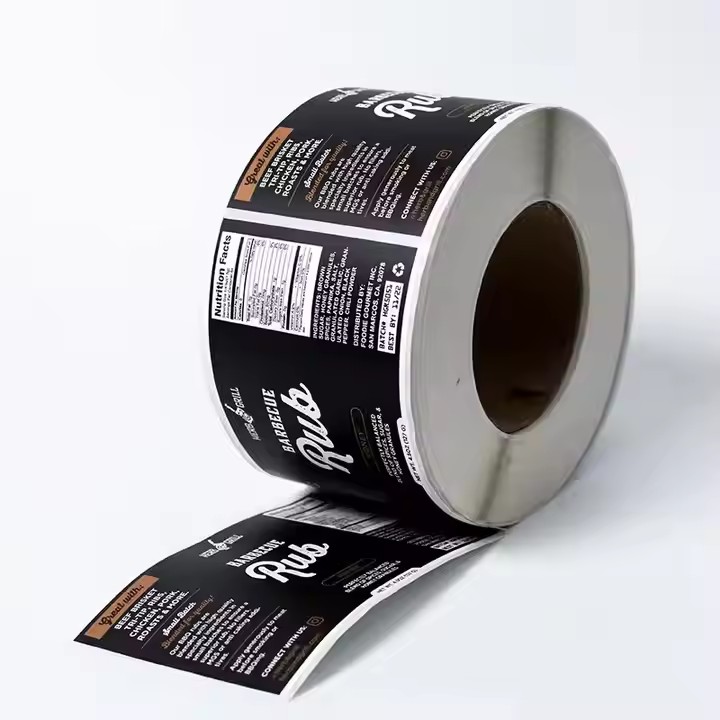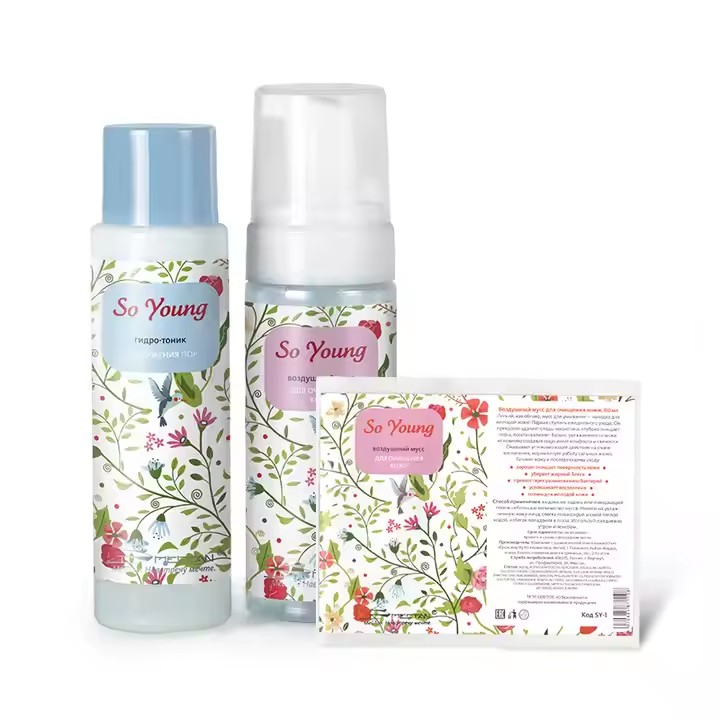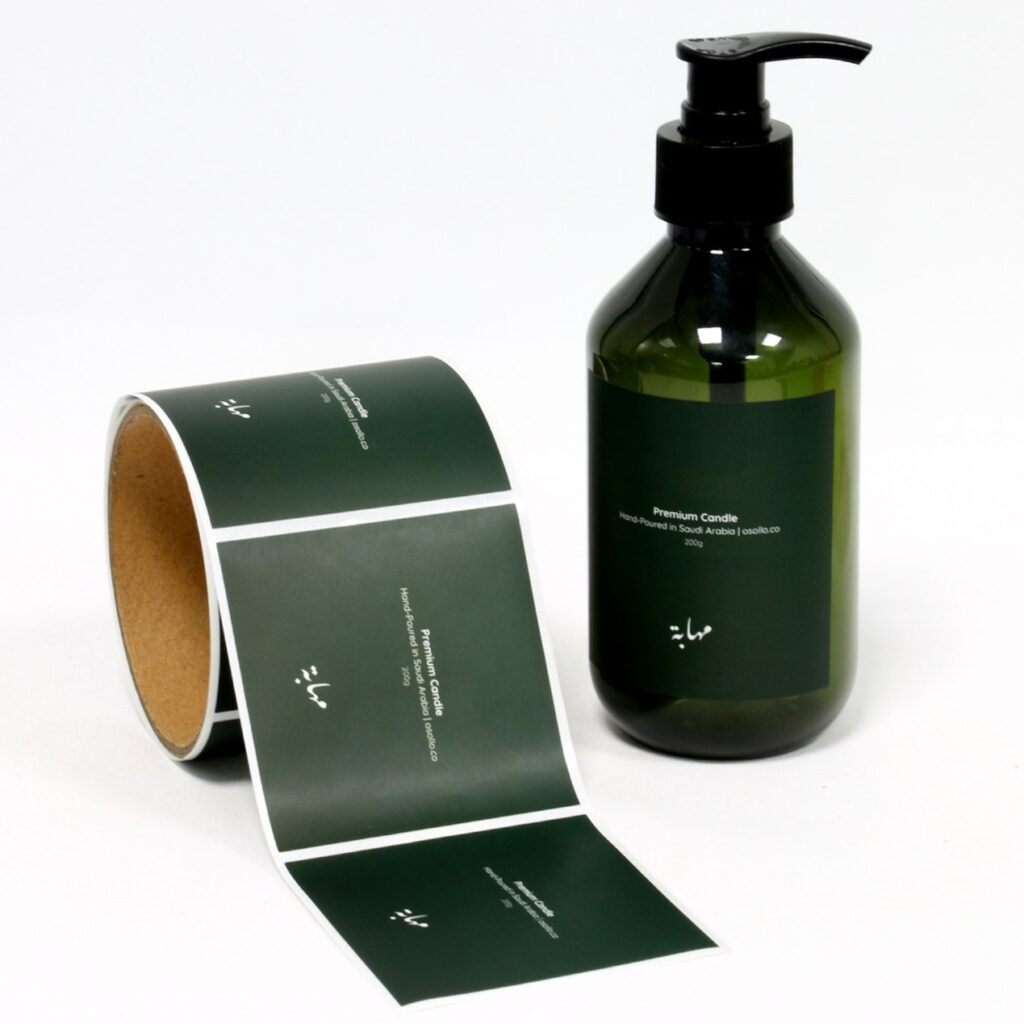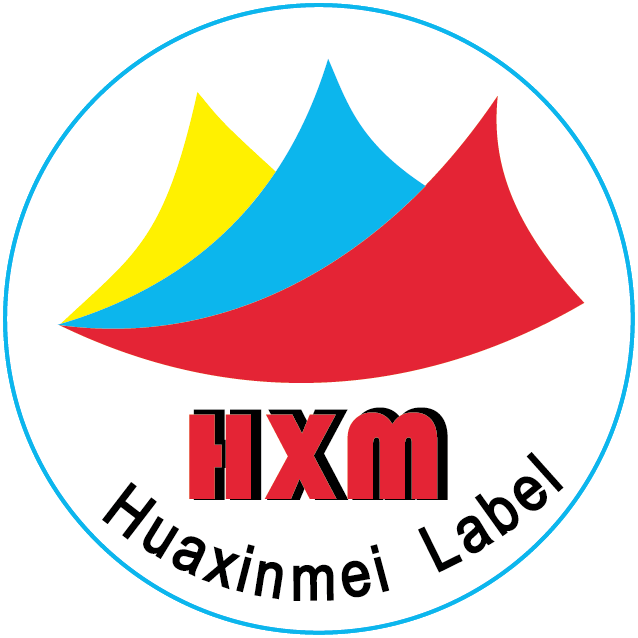When businesses customize labels, they should follow several key steps. What are the quickest steps to complete label customization? Which step is crucial for label production? What should be noted during the production of custom labels? What aspects should be discussed with businesses during negotiations? How should anti-counterfeiting features be designed for custom labels? If you often encounter these questions at work, this article will provide insights and solutions.

Initial Information Exchange for Custom Labels
The first step for manufacturers in custom label creation is to clearly discuss the basic information with the client, such as the quantity, color, type, style, size, material, and design. Providing professional advice and design solutions based on the client’s needs not only enhances the brand image but also builds consumer trust. During this exchange, it is essential to finalize the specifications of the custom labels to ease the subsequent production process.
Next, the custom label sample must be created. Once the sample is confirmed, aspects such as style, size, material, printing, and finishing can be established, allowing for mass production of the custom labels. Sample creation is a crucial step in label production, as it allows for assessing the materials and quality. If the samples do not meet client expectations, further discussions on materials and printing methods are necessary to align with the company’s requirements. Choosing different or higher-end materials can increase costs, so companies must decide how much they are willing to invest in establishing their brand. Custom labels require a long-term strategic vision and brand awareness, and significant financial investment is needed to build a strong brand presence, including in label design. A well-designed product label requires considerable time and effort, as an appealing design can attract consumers. Major brands often release new products during holidays to capture consumer interest and solidify their brand image, continuously addressing consumer needs and challenges. Label design should focus on resolving consumer pain points; for example, shampoo labels often highlight features like anti-dandruff, itch relief, and cleansing benefits.

Contract Signing: An Important Step in Label Production
Once the design details are confirmed, the next crucial step is signing a contract. This signifies that the terms of production are established. Throughout the production process, both the company and the label manufacturer must adhere to the contract terms without changes. The contract outlines the rights and obligations of both parties, detailing the production quantity, size, and dimensions to ensure mutual protection. The contract serves to bind both parties and ensure that the production process follows the agreed-upon guidelines.

Inspection and Packaging: A Key Component of Label Production
After production, the finished products must be inspected to ensure that the label packaging meets the company’s requirements, which are vital for brand image. Effective label packaging enhances the product’s appeal; for example, a product rated 40 can receive an additional 60 points through good packaging. This showcases the importance and allure of label packaging, which informs consumers about product features, usage, shelf life, and efficacy. Additionally, eye-catching, well-designed packaging attracts consumers to make purchases. To ensure the quality of label packaging is presented well, inspections must be conducted during production to verify that the labels match the sample quality. If any discrepancies arise, those products should be discarded, and the batch reprocessed.



